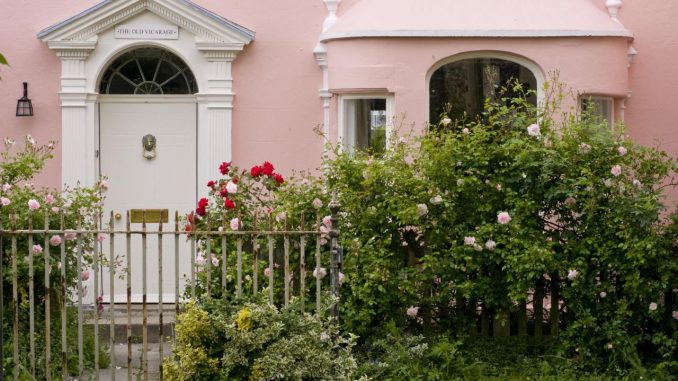
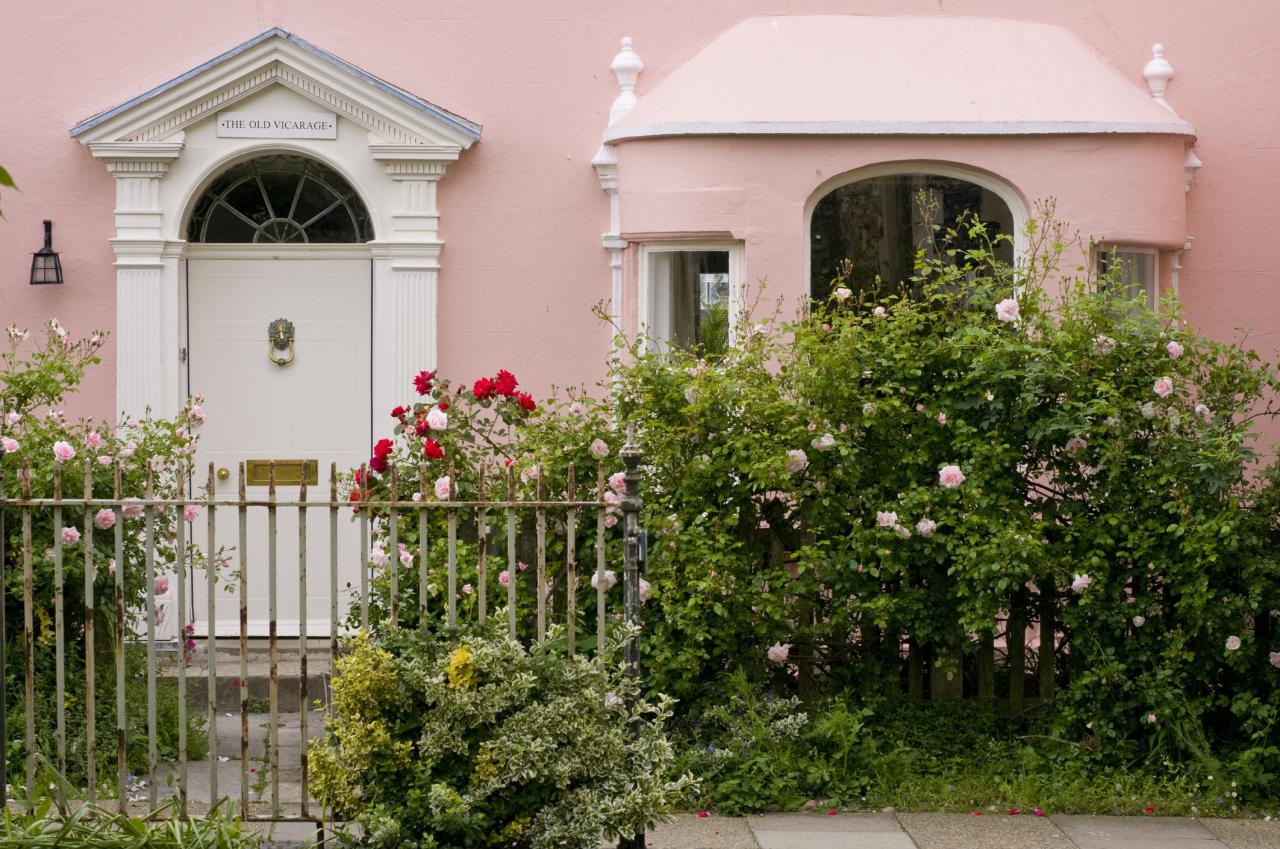
Getty ImagesGarden Photo World/Georgianna Lane
Create a warm welcome to your home and neighbourhood by making the most of your front garden.
Even before your house comes into view, visitors will see your front garden, and a neat exterior creates a warm welcome. But a tidy and flower-filled front space can contribute more than that, and can add to the value of your home.
‘A front garden full of plants also means a home and food for wildlife,’ says Leigh Hunt, horticultural adviser at the Royal Horticultural Society.
No matter how small your front garden, with careful planning you can make it both beautiful and useful. Even if you choose to cover part of it for parking, you can still make it look good.
WHERE TO START WITH YOUR DESIGN
- Choose plants that flower in every season. You’ll always have something new to welcome you home.
- Plant tall foliage to provide colour, privacy and a great place for insects, but make sure the plants you choose won’t block the front windows.
- Dustbins can be a real eyesore, so screen them with shrubs or trellising, or, as horticulturist Alys Fowler suggests, ‘Make your garden so pretty your eye won’t be drawn to the bins at all!’
- Use as little paving as possible. If you need to use part of your front garden to park your car, you can limit paving to only two strips of bricks.
- Don’t forget window boxes. They’re great for adding a splash of colour at any time of year.
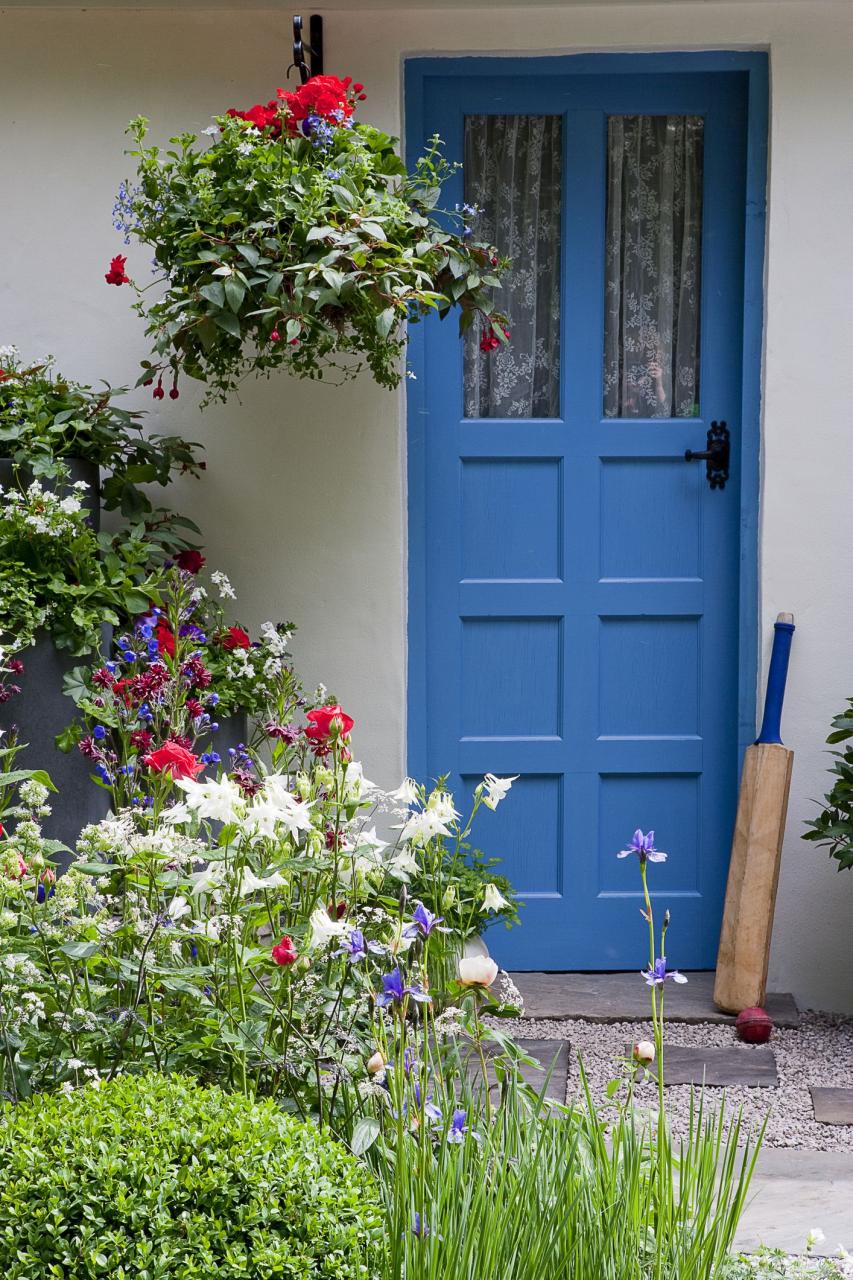
Getty ImagesAnne Green-Armytage
CHOOSING PLANTS AND SHRUBS FOR THE FRONT GARDEN
- Waist-height hedges mean you get the most light streaming through your windows.
- Lavender smells wonderful, while bamboo adds a modern look, offers privacy and is easier to look after than most perennials.
- Small lawns can be hard to maintain, so try a ground cover plant. The evergreen Campanula poscharskyana (trailing bellflower) or Fragaria moschata (musk strawberry) will cover bare earth quickly.
- Climbers help brighten plain walls. Provide support for rambling or climbing roses, clematis and honeysuckle.
- Grouped plant pots and containers can add interest to a paved garden. If you’re worried about thieves, add broken bricks to the bases to make them too heavy to move.
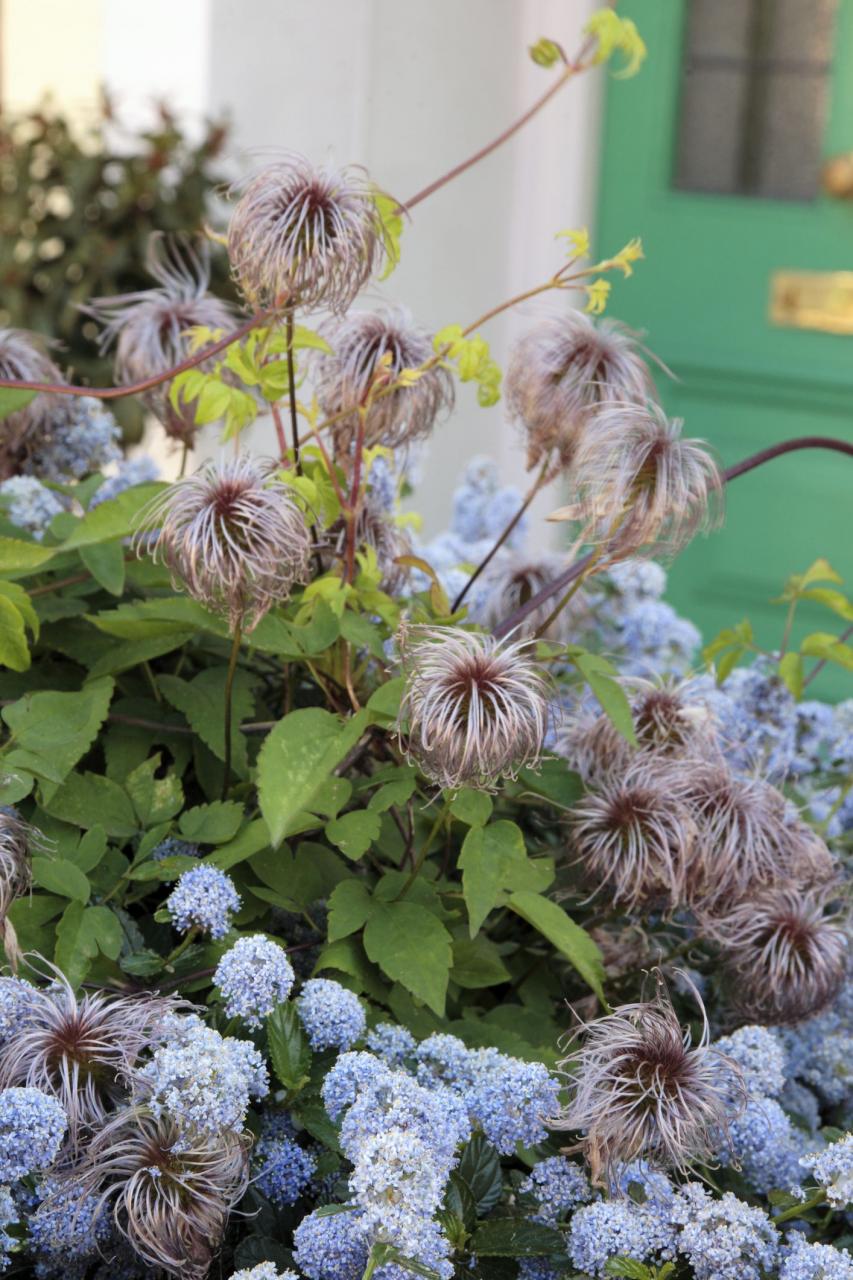
Getty ImagesJanet Johnson
COMBINING PLANTS AND PARKING
If you have a terraced house
- For a parking space, lay two strips of bricks or permeable paving the correct distance apart for the tyres to rest on.
- Cover the ground with a permeable membrane and a layer of gravel to prevent weeds and keep it tidy. Cut a hole in the membrane to plant bushes, flowers and ground cover, such as creeping juniper, which can then spill across the gravel.
- Flower pots and planters can create a focal point away from the car and help brighten a hidden corner.
- Make the most of any walls or fences by planting climbers.
- An elegant topiary bay or olive tree positioned either side of the front door will help frame the entrance and guide visitors.
- Keeping the bins in the back garden may not be an option, so use a simple trellis or fence construction to keep them in place and hide the plastic from view.
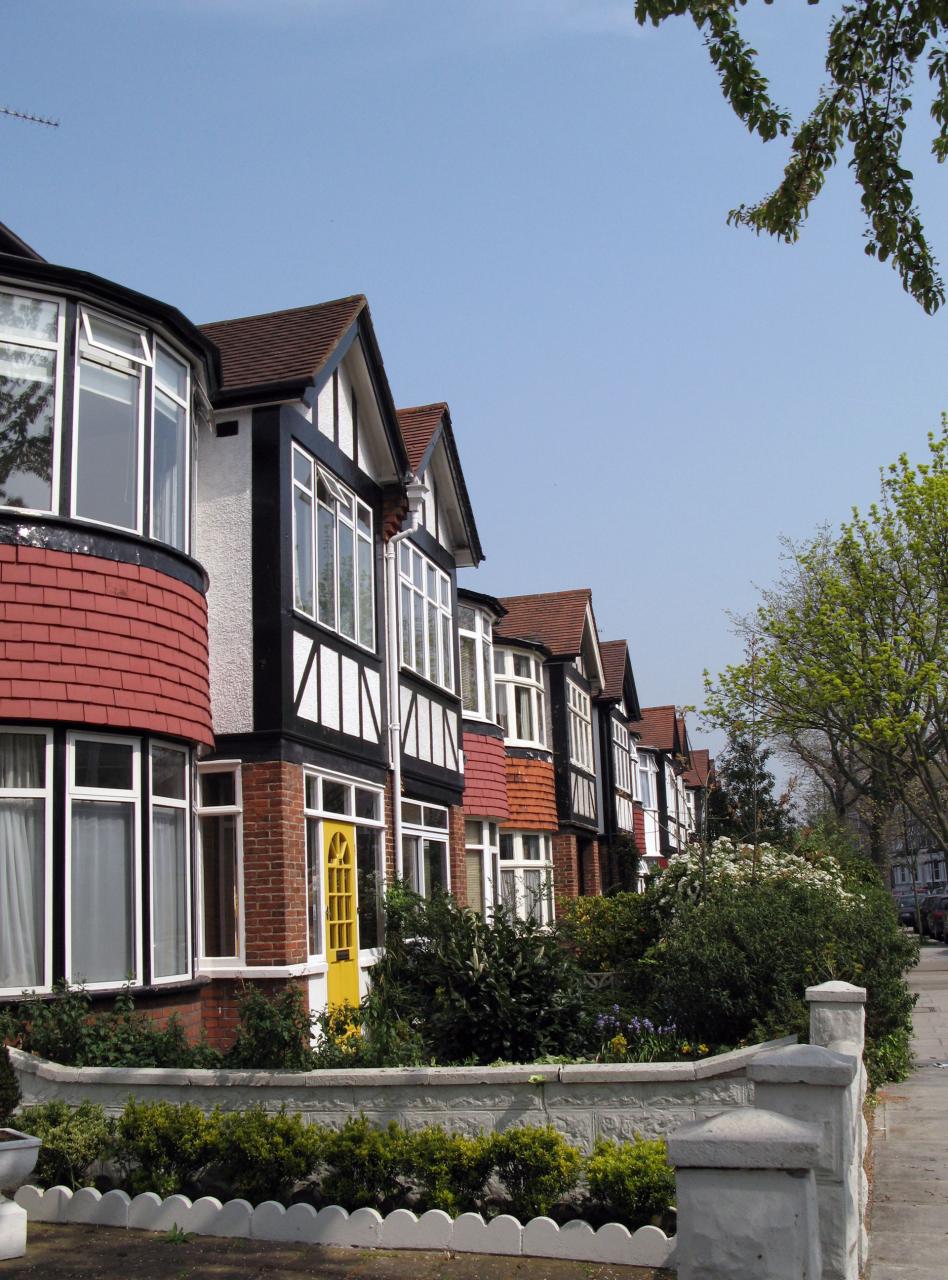
Getty Imagesmarg99ar
If you have a semi-detached house
- Most front gardens of semi-detached homes have space for two cars, but you don’t want it looking like a pay and display. Without room for a lawn, consider using two different types of ecofriendly paving solutions.
- Around the edges, use gravel or slate chippings, which are perfect for planting into and keeping weeds suppressed, and also offer security, while the main driveway could be laid with long-lasting permeable brick or resin-bonded gravel, which can blend seamlessly with the planted-up gravelled areas.
- Hedges not only define your boundary, but also provide shelter for wildlife and a breeding ground for bugs and insects.
- Small trees mingled with bushes and low-level planting help attract birds, can shield a window from glare if positioned carefully and create natural privacy from neighbours.
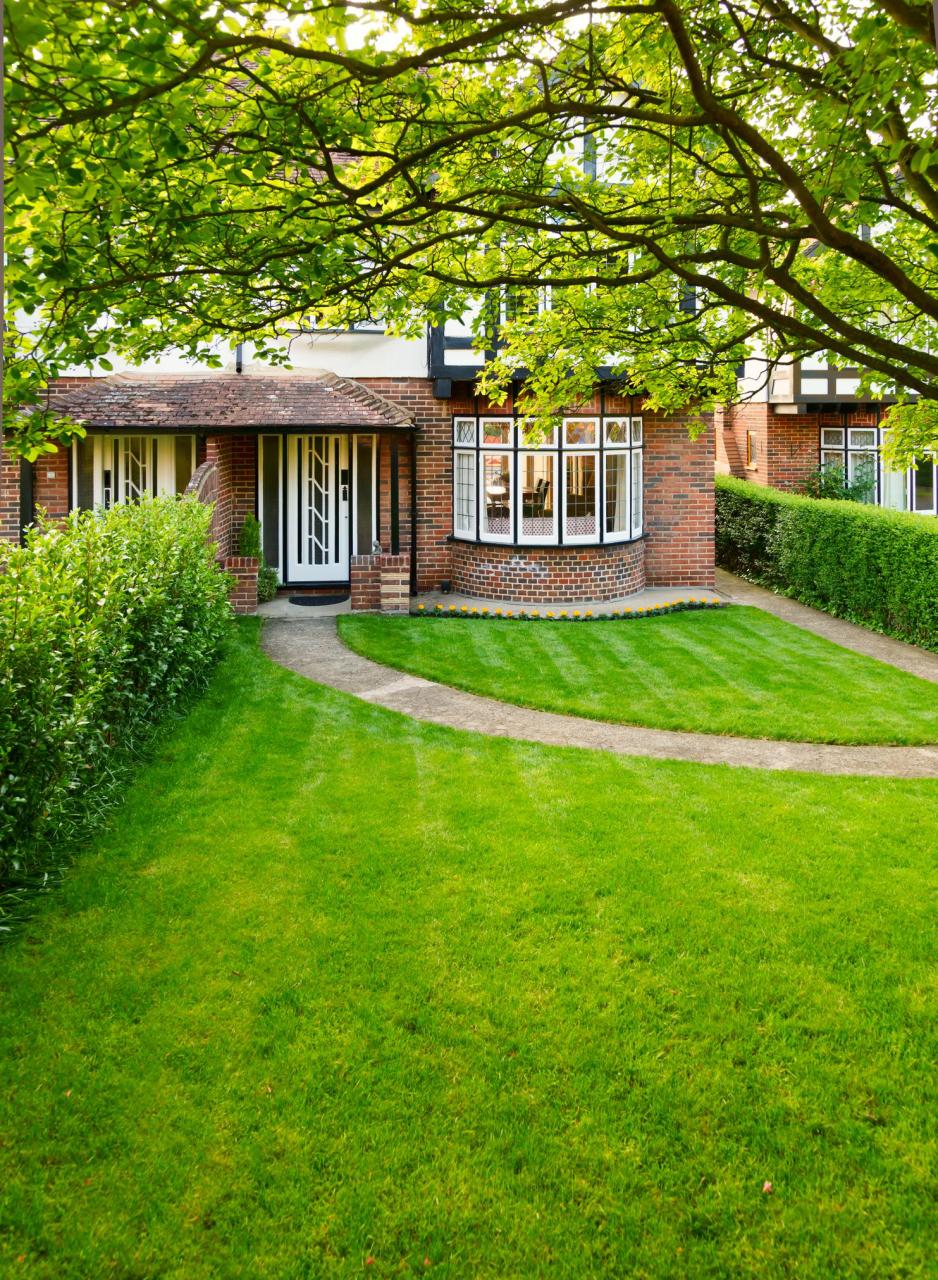
Getty Imagesnaumoid
If you have a detached house
- Use tall plants to shield parts of the garden, hide a car from the house or create a secluded area to enjoy the sun.
- Construct hard surfaces using permeable paves, which allow more water into the ground than traditional paving.
- If you still like to have grass, consider reinforcing the lawn with a matrix paving system. The grass will still look good and won’t get churned up by wheels.
- A sweeping driveway in permeable block paving or resin-bonded gravel with soft verges will give a natural finish.
- Take pictures inside the house looking out to help you position trees and bushes. Avoid blocking the view and frame it instead.
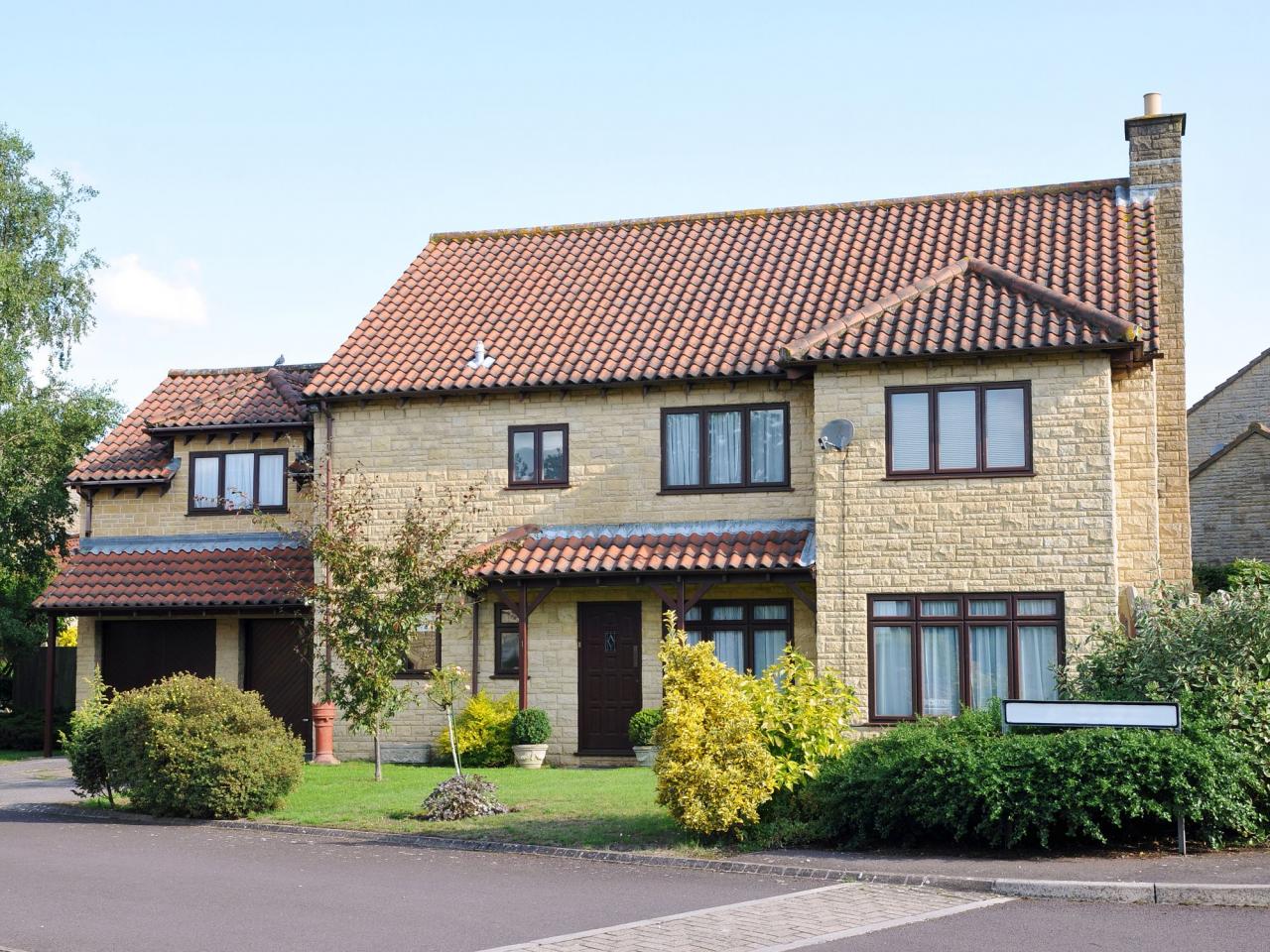
Getty ImagesAkabei
5 tips for creating a harmonious look
Garden designer, Paul Hervey-Brookes, offers this advice:
1. Think vertical. If you have to park a car but still want green spaces for birds, wildlife and seasonal colour, consider planting climbers for house and boundary walls, along with open canopy trees, such as birches, to create the feeling of more space.
2. Lay permeable paving for the car and your feet, taking care to work out how much you really need. A permeable driveway solution allows water to drain away between the blocks, making it a perfect choice when you need to satisfy the strict legislation you can sometimes face when it comes to installing a driveway.
3. You could even lay just two rows of paving for car tyres, then plant low, fragrant hard-wearing plants such as thyme, mint and oregano to aromatically green the space when the car is not there. This will allow you to create a safe and solid space to park your car, without losing the plant life that you enjoy having in your front garden.
4. Use a combination of aggregates and paving to give the sense of extra space. The gritty gravels are perfect for hard-wearing scree natives like rosemary and lavender which enjoy the drainage, rewarding you with fragrance as you walk by.
5. If you have space, include shrubs which have flowers and interesting autumn colour to help give a sense of privacy and create seasonal interest. Some old fashioned fruits like medlar, usually grown as a small tree, are ideal for this as they give flower, fruit and fantastic autumn colours.